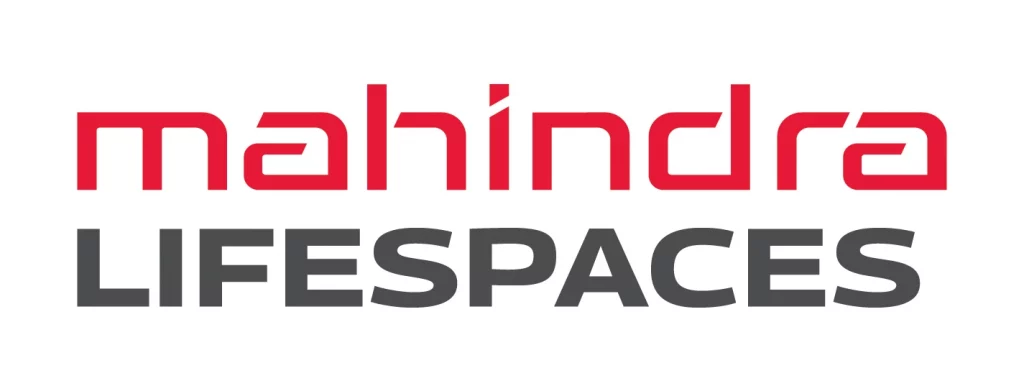Understanding Ready Reckoner Rates & Simplifying Home Purchase

Imagine you’re at an art auction, and you’re about to bid on a masterpiece. You’ve done your research on the artist and the artwork’s historical significance. But suddenly, the auctioneer mentions a “reserve price” that’s higher than you expected. This price sets the baseline, helping you make an informed decision about your bid.
Now, shift this scenario to the world of real estate, where you’re looking to buy your dream home. Just like that art auction, there’s a baseline price – the Ready Reckoner Rate – that holds immense importance in your home-buying journey. Understanding this rate is like deciphering the code to a successful property purchase. In this blog, we’ll unravel what Ready Reckoner Rates are and empower you to make confident decisions as you step into the world of home buying.
What is Ready Reckoner Rate?
The ready reckoner rates, also known as circle rates, refer to the government’s estimation of the guidelines rates of properties in various cities. Every state, every city, and various neighbourhoods within those cities have a varied rate. Authorities base their determination of the real estate cost in a specific area on several variables.
Based on these variables, a benchmark is established below which no real estate transaction is permitted in that specific area. This benchmark is called the ready reckoner rate. The government imposes stamp duty and registration costs on these guideline rates only.
What Purpose Does The Ready Reckoner Rate Serve?
While ready reckoner rates set the guideline rates at which property in the area can be sold, there is no maximum sale price limit. Hence, there is a big difference between the ready reckoner rates and market rates. Most real estate deals in India are based on the local market’s most recent prices. The stamp duty and registration fees that the home buyer must pay are calculated using this recent market rate. As a result, the government loses money when there is a significant difference between the ready reckoner rates and market rates.
Sometimes, the price of a house in a specific area might be higher than what’s called the “ready reckoner rate” (RR rate). When this happens, the costs for stamp duty and registration are calculated using the RR rate. But if the RR rate is too high, people might not want to register their homes because it can be expensive. To solve this, the government can change the RR rates to match the actual market prices in that area. This helps make property deals fair and open, and the government doesn’t lose out either.
How Does a Change in the Ready Reckoner Rate Impact Demand?
When the Ready Reckoner Rate goes up, it can make homes seem more expensive. This might make some people hesitate to buy, so the demand for homes could go down. On the other hand, if the rate goes down, homes might appear cheaper, and more people might want to buy, so the demand could go up. So, changes in this rate can affect how many people want to buy houses.
The Importance of Ready Reckoner Rate for Home Buyers
A potential house buyer might get a fair idea of how much money they will have to spend by looking at the ready reckoner value of properties in a specific neighbourhood. When an increase in the RR rate is anticipated, market rates for properties are often higher, and local property values tend to rise. Especially if the acquisition is being funded by a house loan, it is advantageous for buyers to purchase property in an area where the difference between the ready reckoner rate and the market rate is relatively less.
Impact of Selling Properties Below the Ready Reckoner Value
Selling properties below the Ready Reckoner Value can have significant implications for both buyers and sellers. While it might seem like a good deal for buyers initially, it can lead to various consequences. For instance:
- It might raise suspicions about the legitimacy of the transaction, potentially inviting legal scrutiny and complications.
- It can affect property valuation trends, creating an unrealistic benchmark that might distort future transactions. For sellers, undervaluing a property could mean a potential loss of profit and also trigger tax-related concerns.
- It might raise red flags for authorities responsible for monitoring fair market practices.
It’s crucial for all parties involved to analyse the long-term implications and seek transparent and legal ways to navigate property deals.
At Mahindra Lifespaces, we believe that understanding is the first step toward empowerment in the world of real estate. Just like a well-crafted blueprint sets the foundation for a strong structure, comprehending Ready Reckoner Rates lays the groundwork for confident home buying. Our commitment to transparency and simplification aligns with your aspirations, ensuring that your path to homeownership is guided by clarity, trust, and informed decision-making. We are not just building homes; we’re building a world where understanding leads to empowerment, and your dreams find their rightful place.























